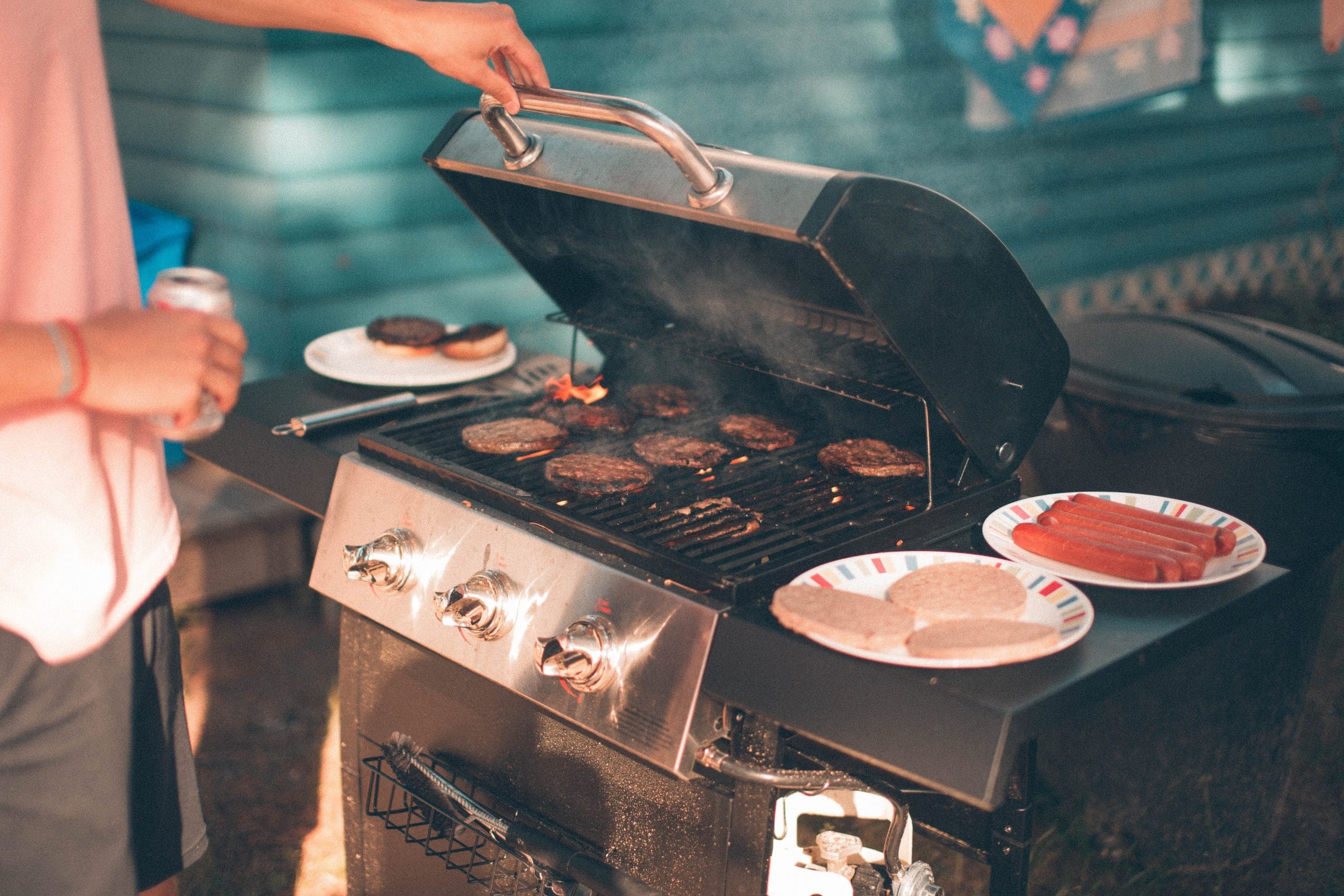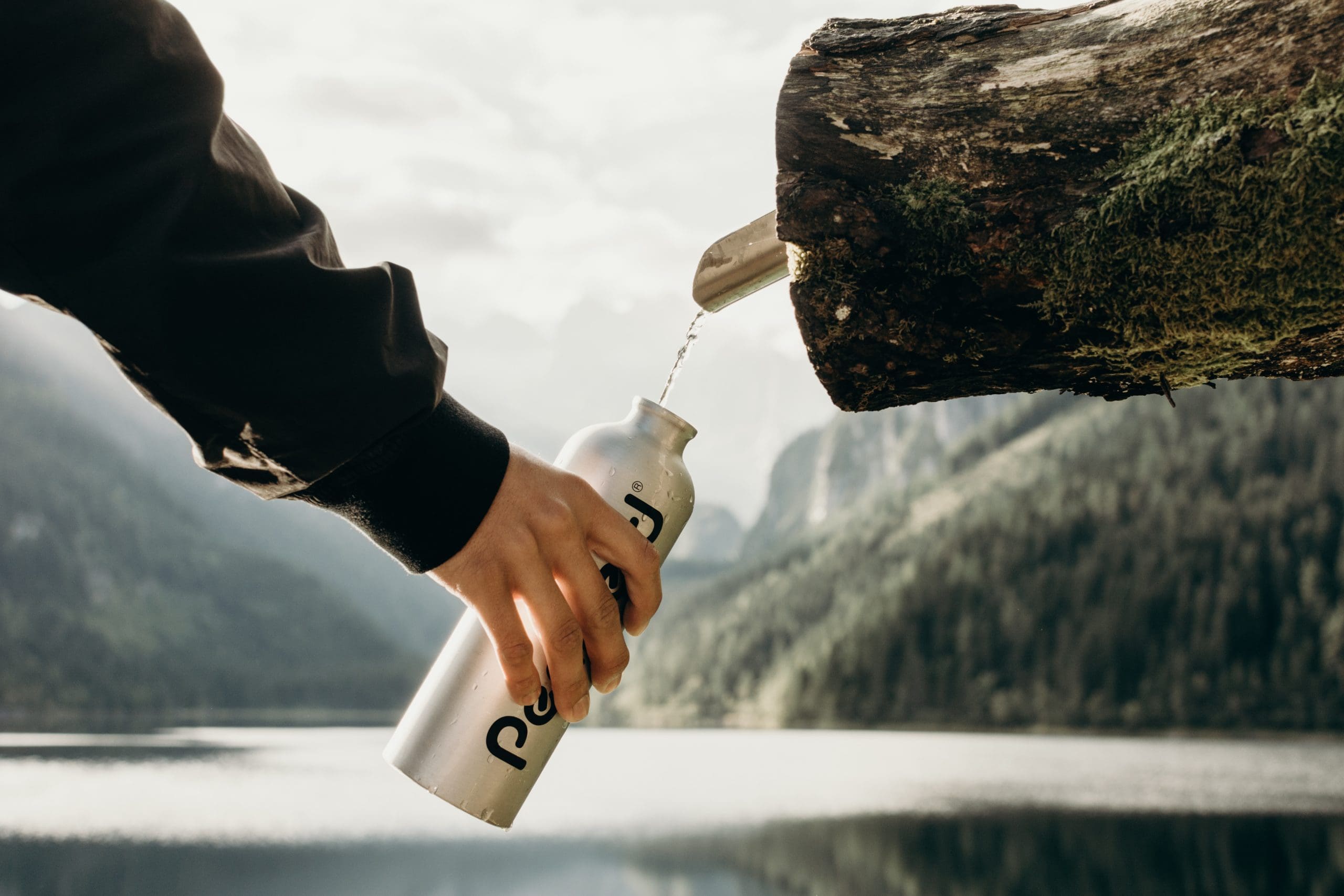Sometimes you just have to get out and walk around in the solitude and beauty of the country. You may want to hike for just a few hours, or you may want to camp for a few days!
One meal and some snacks are all that’s needed for a short hike. Planning meals for a longer hike or camping trip requires additional thought. You have to choose foods that are light enough to carry in a backpack and can be transported safely.
Whether you’re in the kitchen or enjoying the great outdoors, there are food safety principles that should never change. If food is not handled correctly, foodborne illness can be an unwelcome souvenir!
Use this simple guide below, provided by our friends at the USDA, to ensure you are handling your outdoor feast properly, whether grilling, snacking or simply eating away-from-home. Happy camping!
Keep Everything Clean
Be sure to have plenty of clean utensils and platters! If you are grilling and eating away from home, find out if there is a source of clean water. If not, bring water for preparation and cleaning, or pack clean cloths and moist towelettes for cleaning surfaces and hands.

Separate Raw and Cooked Foods
To prevent foodborne illness, do not use the same platter, cutting board or utensils for raw and cooked foods. Harmful bacteria present in raw meat and poultry and their juices can contaminate cooked food.

Cook Thoroughly
Cook food to a safe minimum internal temperature to destroy harmful bacteria. Meat and poultry cooked on a grill tend to brown quickly on the outside, so use a food thermometer to ensure the food has reached a safe minimum internal temperature. Never partially grill meat or poultry and finish cooking later.
Keep Cold Food Cold
Keep meat and poultry refrigerated until ready for use. Take out only what will be immediately placed on the grill.
When using a cooler, keep it out of the direct sunlight by placing it in the shade or shelter. Avoid opening the lid too often, which lets cold air out and warm air in. Pack beverages in one cooler and perishables in a separate cooler.

Safe Drinking Water
It is not a good idea to depend on fresh water from a lake or stream for drinking, no matter how clean it appears. Some pathogens thrive in remote mountain lakes or streams and there is no way to know what might have died and fallen into the water upstream.
Bring bottled or tap water for drinking. Always start out with a full water bottle, and replenish your supply from tested public systems when possible. On long trips, you can find water in streams, lakes, and springs, but be sure to purify any water from the wild, no matter how clean it appears.

If you have to boil your water
The surest way to make water safe is to boil, which will kill microorganisms. First, bring water to a rolling boil, and then continue boiling for 1 minute. Before heating, muddy water should be allowed to stand for a while to allow the silt to settle to the bottom.
Dip the clear water off the top and boil. At higher elevations, where the boiling point of water is lower, boil for several minutes.
These tips are courtesy of our friends at the United States Department of Agriculture.
SaveSave


You must be logged in to post a comment.